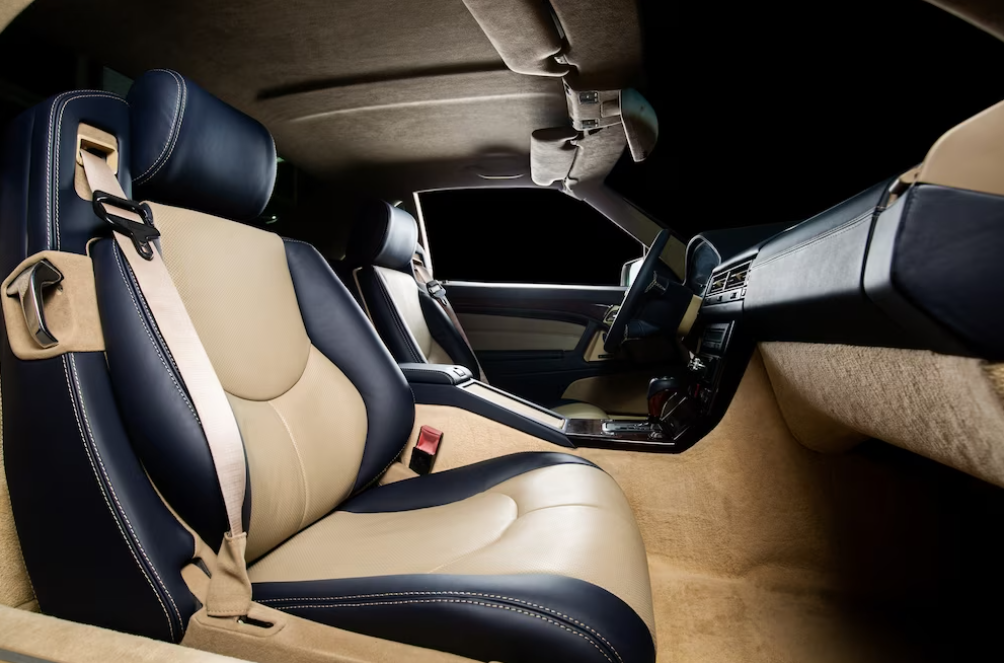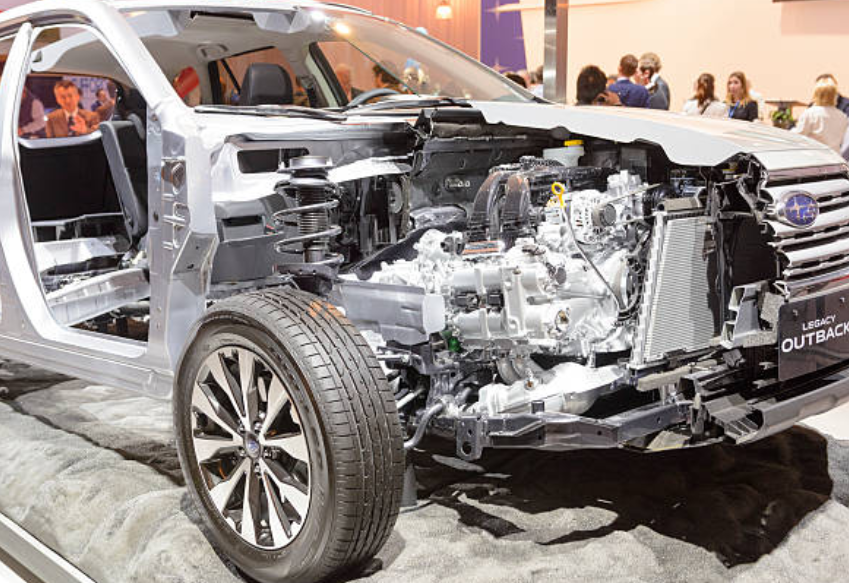The Complete Guide to Lubricating Your Garage Door
The entire performance and lifetime of your garage depend heavily on the condition of the garage door. The smooth and silent operation of your garage door is greatly influenced by regular maintenance. We'll walk you through lubricating your garage door step by step in this blog article. This guide will provide you all the knowledge you need to keep your garage door in peak condition, whether you are a DIY enthusiast or a homeowner trying to cut spending on maintenance.

Why You Should Lubricate Your Garage Door
Lubricating your garage door is a crucial maintenance task that offers multiple benefits. By regularly applying lubricant to the moving parts of your garage door, such as hinges, rollers, and tracks, you ensure smooth operation and prevent jerky movements or sticking. Lubrication also significantly reduces noise, eliminating squeaking, grinding, or rattling sounds that can be bothersome. Moreover, proper lubrication extends the lifespan of your garage door and its components by reducing wear and tear, potentially saving you from expensive repairs. It also helps prevent rust and corrosion, as lubricants create a protective barrier against moisture. Finally, keeping a well-lubricated garage door improves safety by lowering the danger of accidents or injuries during operation. As a result, frequent lubrication should be a part of your garage door maintenance regimen to keep it running smoothly, silently, and safely for many years.

It's crucial to use silicone-based lubricants for garage door maintenance since they offer superior lubricating capabilities, can withstand high temperatures, and don't draw dirt. Avoid using WD-40 and other petroleum-based lubricants since they might leave a sticky residue and attract dust. Consider using lithium-based grease for particular parts like hinges and springs since it offers long-lasting lubrication and can resist high temperatures and heavy loads. It's critical to check the manufacturer's guidelines to make sure that they work with the particular garage door you have. Focus on important parts like hinges, rollers, springs, bearings, and tracks while lubricating, and use a little amount. Establishing a routine maintenance program for lubrication helps prolong the life of your garage door and keep it from breaking down as frequently, lowering the need for repairs.
To lubricate your garage door and maintain its smooth operation, follow these simple steps. Begin by gathering a silicone-based lubricant or lithium-based grease, a clean cloth, and a ladder or step stool. Make sure the garage door is closed and disconnected from the opener. Wipe out any dirt or debris from the hinges, rollers, tracks, and other moving parts to clean the components. Apply lubrication to the rollers and hinges on both the inside and outside of the door, then raise and lower it several times to spread the lubricant everywhere. The interior of the vertical tracks and the curved section of the horizontal tracks should both be lightly coated with lubricant. Any surplus should be wiped off. Apply a little layer of lubrication to the bearings and gently grease the torsion springs if your door has them. Test the door's operation by manually opening and closing it. Wipe away any excess lubricant, and you're done! Remember to consult your manufacturer's recommendations for specific lubrication points and frequencies. Regular lubrication will help keep your garage door running smoothly and prevent issues down the line.

Use the right lubricant: Selecting the proper lubricant is crucial. Use a silicone-based lubricant or lithium-based grease specifically designed for garage doors. General-purpose lubricants like WD-40 shouldn't be used since they might collect dirt and lead to buildup.
Don't overdo it: Applying too much lubricant can lead to excessive buildup and attract more dirt and debris. Use a moderate amount of lubricant on the necessary components, ensuring it spreads evenly without excess.
Clean the components first: Before lubricating, clean the hinges, rollers, tracks, and other moving parts. Wipe away dirt and debris to ensure proper lubricant penetration and prevent contaminants from getting trapped.
Focus on the right areas: Pay attention to the critical parts that require lubrication, such as hinges, rollers, tracks, springs, and bearings. These components directly affect the smooth operation of the garage door.
Avoid lubricating the opener's chain or belt: The opener's chain or belt does not typically require lubrication. Instead, consult your opener's manual for specific maintenance recommendations.
Follow manufacturer recommendations: Different garage doors may have specific lubrication requirements outlined by the manufacturer. Refer to your garage door's manual or consult the manufacturer's website for guidance on lubrication procedures and recommended lubricants.
Regular maintenance: Establish a regular maintenance schedule for lubricating your garage door. Follow the manufacturer's recommended frequency, usually once or twice a year, but make any necessary adjustments depending on usage and environmental factors.
Test the door's operation: After lubricating, test the door's operation by manually opening and closing it. Check for smooth and quiet movement. If you notice any sticking, grinding, or unusual noises, inspect the area and apply additional lubricant if necessary.
-
Should I clean the components before lubricating?
Yes, it is advised to clean the parts before lubrication is applied. To wipe the dirt, dust, and debris from the hinges, rollers, tracks, and other moving parts, use a clean cloth. Cleaning guarantees improved lubrication penetration and stops impurities from hindering the door's functionality.
-
Is lubricating the garage door opener necessary?
Typically, lubricating the garage door opener's chain or belt is not necessary. Refer to your opener's manual for specific maintenance recommendations. The focus of lubrication is usually on the door's moving parts, such as hinges, rollers, tracks, and springs.
View another article here: The 10 Best Motorcycle LED Light Kits
















